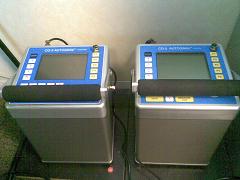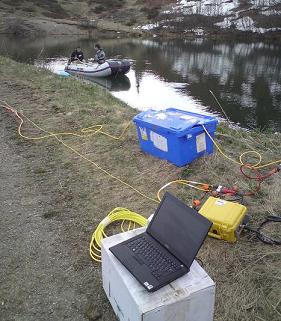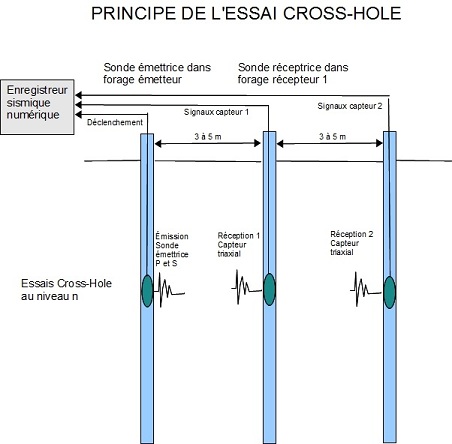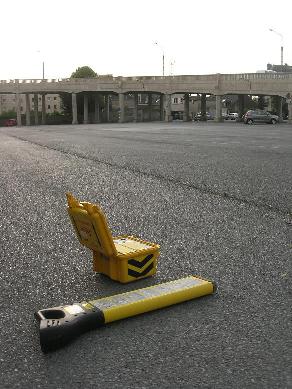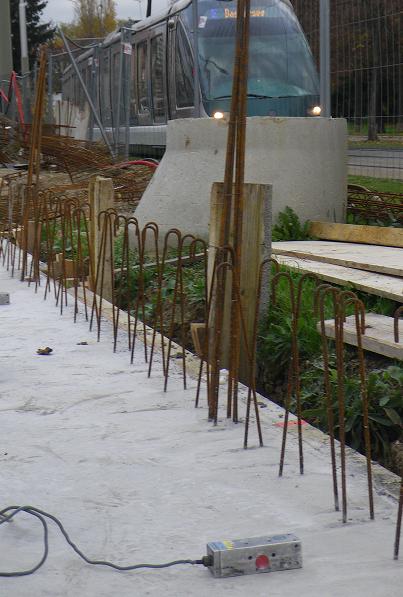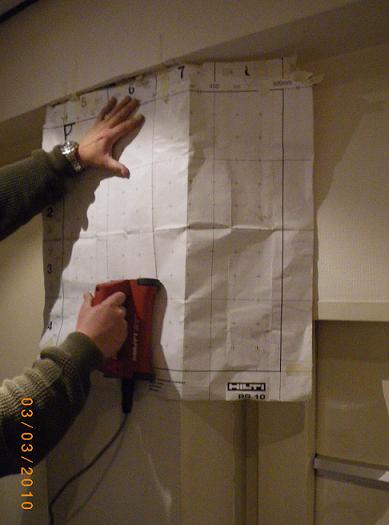Microgravimetry is one of the best suited geophysics methods for non-invasive search of underground density anomalies, such as cavities, galleries, subsidence, voids… It is based on the application of Newton’s law that states that the intensity f of distant of d, is where G is the universal gravitational constant. Gravity is the addition of the […]
Focus
Underwater seismics
INNOGEO sounded the substratum of the water impoundment of Les Gouilles Rouges at the Samoens ski resort in Savoy. The lake supplies drinking water to the resort. Geological and geotechnical studies were undertaken as part of maintenance and of a project to increase the capacity of the impoundment. INNOGEO was entrusted with a geophysical […]
Electrical resistivity tomography
Electrical resistivity tomography is a method based on the measure of apparent resistivity in the subsoil along a linear array of surface electrodes. It provides information about the geometry of subsoil layers and about the presence of anomalies or distinctive structures (faults, clay or sand pockets, fossil thalwegs, altered zones…). On a practical level, […]
Cross-Hole Testing
Cross-Hole testing consists of measuring the travel time of compression (P) and shear (S) seismic waves between several boreholes. It enables us to determine, depending of the depth, their seismic velocities, Vp and Vs, as well as geodynamic parameters (Young’s modulus E, shear modulus G, and Poisson’s ratio n). With the shear wave velocity Vs, […]
Network geolocation
Because damaging underground networks may be a serious hazard, several prescribed rules are being established to control building works near certain underground, underwater or overhead structures (transport or distribution) in France. Amongst these rules, drawn upon existing rules or bills, is the creation of a one-stop service, where all service providers have to go to […]
Standardised PS testing (NF P94-160-3)
The parallel seismic (PS) testing method is a standardised method used to determine the depth of the foundations of a building or structure, but also to control foundations devoid of re-entrant tubes for sonic investigations and when the impedance method cannot be used. A borehole is drilled in parallel of a foundation generatrix, as close […]
Vibration measures
INNOGEO carries out studies to determine the effect of vibrations on sensitive structures, installations, or fittings. The problematic vibrations are a result of building works or specific structures and equipment. Vibratory sources are many: road or rail traffic, building machines, use of explosives to demolish or excavate, machine tools. There are often times norms, rules, […]
Detection of steel reinforcements in concrete
INNOGEO is a service provider of steel reinforcement detection and characterisation in concrete structures. Several non-invasive investigation tools are used in conjunction: the GPR and the pachymeter, as well as the Ferroscan. These technologies used together allow us to locate reinforcements, but also to determine, to some extent, the thickness of the concrete cover and […]


